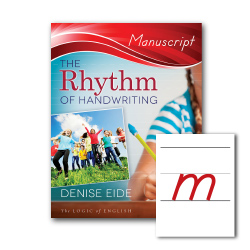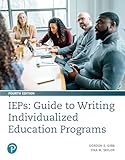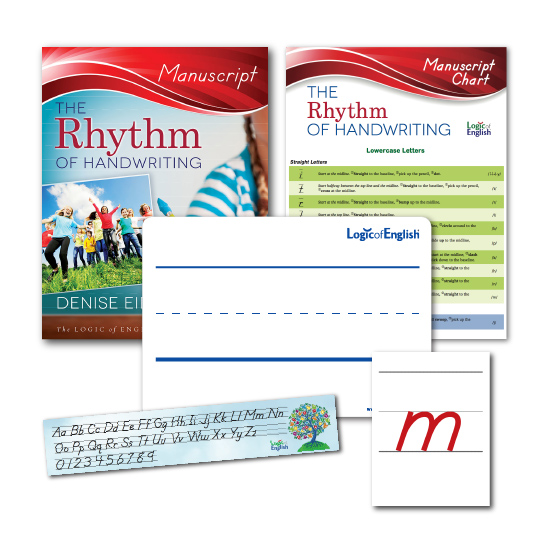Easy IEP Goals for Writing , Keyboarding, and Copying
Specific, measurable, IEP Goals for Writing , keyboarding and copying with Example IEP Goals For Your Child
The Special Education Playbook for Parents: The Complete Guide to Navigating the 504/IEP Process to Unlock Your Child's Unique Learning Profile and Help Them Thrive at School (The ADHD Parent's Toolbox)
13% OffIn addition to grabbing the example IEP Goals for Writing for copying and keyboarding below, you may want to check out How-to Teach Handwriting to a Child with Dysgraphia, including Curriculum suggestions. It will give you a deeper understanding of how handwriting difficulties are best addressed.
For a child with dysgraphia, learning to write by hand often requires “copying” to master letter formation and placement. Copying texts eliminates the massive brain processes required to think of what to write, hold it in mind and get it onto paper. It’s a lot easier to copy. It separates a lot of the memory-based processes from the physical act of writing.
When copying, your child can focus solely on the process of handwriting itself. That means including copying skills in the IEP Goals for Writing for any child with dysgraphia or handwriting difficulties is important. This is true whether the child is learning to write by hand or learning to use a keyboard.
If your child has handwriting or written expression difficulties, you can use the example IEP goals for writing below as references. Use the main concept and measure-ability of the goal samples to create goals that match your child’s current needs.
Here are some examples of MEASURABLE IEP Goals for Writing, for Keyboarding and Copying:
Your Special Education Rights: What Your School District Isn't Telling You
$17.99 (as of 29 November 2025 17:39 GMT -05:00 - More infoProduct prices and availability are accurate as of the date/time indicated and are subject to change. Any price and availability information displayed on [relevant Amazon Site(s), as applicable] at the time of purchase will apply to the purchase of this product.)Given typical 5th grade written text, [Child’s name] will copy texts using a Typing Program or word processor with speed tracking capability at 60 characters per minute with fewer than 2 keystroke errors per 100 characters typed. Successful completion on 10 consecutive tries is required for this goal to be mastered.
Using the characters on the keyboard home row, [Child’s name] will use touch-typing skills (not looking at the keyboard or his fingers) to copy strings of home row characters a, s, d, f, g, h, j, k, l. [Child’s name] will type at 50 c.p.m. with 95% accuracy. Successful completion on 10 consecutive tries is required for this goal to be mastered.
[Child’s name] will utilize correct finger placement, and without looking at his hands or the keys, and [Child’s name] will touch type all letters of the alphabet in order with no errors. Your [Child’s name] will demonstrate this ability across all settings. [Child’s name] will demonstrate successful completion on 10 consecutive tries for this goal to be mastered.
Typing / Keyboarding Goal
Using the Type To Learn program (or any other similar software), [Child’s name] will type copied words with 95% accuracy in all settings at a rate of:
- 30 characters per minute (c.p.m.) by November
- 40 characters per minute (c.p.m.) by February
- 50 characters per minute (c.p.m.) by March
Given typical 5th grade expressive writing assignments, [Child’s name] will directly type his thoughts into a typing program / word processor at 60 characters per minute while maintaining readability.
Copying Goals
ANNUAL GOAL: Given classroom copying tasks from any media, [Child’s name] will accurately copy 60 characters per minute from the blackboard or a textbook. [Child’s name] will maintain a 97% accuracy (fewer than 3 copying errors per 100 characters). [Child’s name] will demonstrate this skill across all settings.
Given near-point copying tasks, [Child’s name] will accurately copy with fewer than 3 copying errors per 100 characters copied:
- 30 characters per minute by October.
- 40 characters per minute by January.
- 50 characters per minute by March.
- 60 characters per minute by May.
Given far-point copying tasks, [Child’s name] will accurately copy with fewer than 3 copying errors per 100 characters copied:
- 30 characters per minute by October.
- 40 characters per minute by January.
- 50 characters per minute by March.
- 60 characters per minute by May.
Given new information in content areas, [Child’s name] will accurately use graphic organizers and templates to record information for far-point copying (vocabulary and organizers will be provided prior to copy task).
Progress Monitoring
While monitoring for progress is not the same as actually teaching a child how to copy or keyboard, the practice can be closely monitored for meaningful progress.
These IEP Goals for Writing are rather precise because correct copying and keyboarding is something that can be precisely measured. The skills can be easily monitored for meaningful progress. Therefore, precise IEP Goals for Writing , for keyboarding and copying allow everyone to monitor a child’s progress.
You may ALSO want to check out Assistive Technology for kids with dysgraphia or handwriting difficulties. Including the use of assistive technology in your IEP Goals for writing will set your child up for better long-term success.
Check related IEP Goals :
Executive Functioning IEP Goals for Organization Skills and ADHD
IEP Goals for Reading
Measureable IEP Goals for Spelling
IEP Goals for Written Expression
 |
 |
 |









